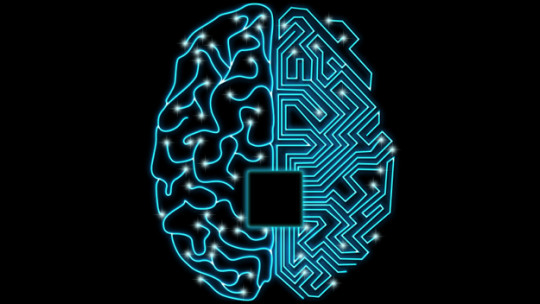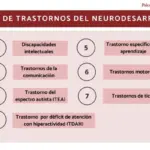
Although it may seem like a lie, there is evidence that human beings already We are born with certain abilities to think in mathematical terms. For example, newborns are already able to count units in small quantities, which is the prelude to being able to add and subtract in the future.
However, just as we are especially prepared for mathematics, it is also true that in some cases this kind of specific mental processes may be affected by a disorder. This is what happens in cases in which it is detected a type of difficulty called dyscalculia.
What is dyscalculia?
Dyscalculia is a type of learning difficulty that specifically affects mental operations related to mathematics and that cannot be explained by the presence of mental retardation or poor education.
So to speak, in the same way that dyslexia affects reading, dyscalculia affects the handling of numbers and arithmetic in general, especially in relation to the simplest mathematical operations, such as adding and subtracting. This is why dyscalculia It is also known directly as mathematics learning difficulties (DAM)..
Symptoms and diagnosis
It is very common for dyscalculia to be accompanied by other learning difficulties, such as dyslexia or dysgraphia. For this reason, in the DSM-V diagnostic manual, dyscalculia It is part of a broader diagnostic category known as Specific Learning Disorders.. Within this, it is possible to specify what specific difficulties are manifested in each case, such as problems in reading and in mastering mathematics, only in writing, etc.
Regarding the symptoms of dyscalculia, these are grouped into several categories, and cannot be due to an injury or malformation linked to an already known disease:
Graphic transcription
In some cases, people with dyscalculia find It is difficult to memorize the symbol that represents each numberor draws them in an abnormal way, such as upside down. Likewise, it is common to not be able to sort groups of numbers writing them from left to right.
Failures in learning notions of quantity
In dyscalculia It is very normal that it is not understood that a number is made up of groups of unitsand that the idea of number-object association necessary to perform basic mathematical operations is not believed, which is why they try to count with their fingers (the position of the fingers acts as working memory).
Causes of dyscalculia
As with learning disorders in general, the exact cause of dyscalculia is not known, probably because There is not only one but several that act together and feed each other..
That is why, for the moment, it is assumed that dyscalculia has a multifactorial origin in which maturation problems of certain parts of the brain are involved, as well as more psychological aspects related to cognition and the management of emotions.
To understand this better, let’s use an example. The brain of a girl with dyscalculia will probably have directly affected areas of the brain responsible for working with numbers, but in addition to that You will have gotten used to the idea that you are not good at mathematics at all.which will make you try less and, consequently, your results will be even worse.
It is important to note that psychologists and psychopedagogues can intervene on the psychological aspects of dyscalculia, making the learning performance of diagnosed people improve or, at least, not worsen.
Prognosis and treatment
Currently, very little is known about how cases of untreated dyscalculia evolve, although in the medium term it is known that it is associated with psychological problems such as low self-esteem or the appearance of symptoms of depression.
However, dyscalculia can be treated through psychological and psychopedagogical work. To do this, it is necessary to carry out a cognitive restructuring process related to the use of basic mathematics and self-concept.
In this way, the fundamental bases of mathematics are taught, without which progress cannot be made, and at the same time ideas that make learning difficult are discarded, such as the belief that numbers do not exist.








